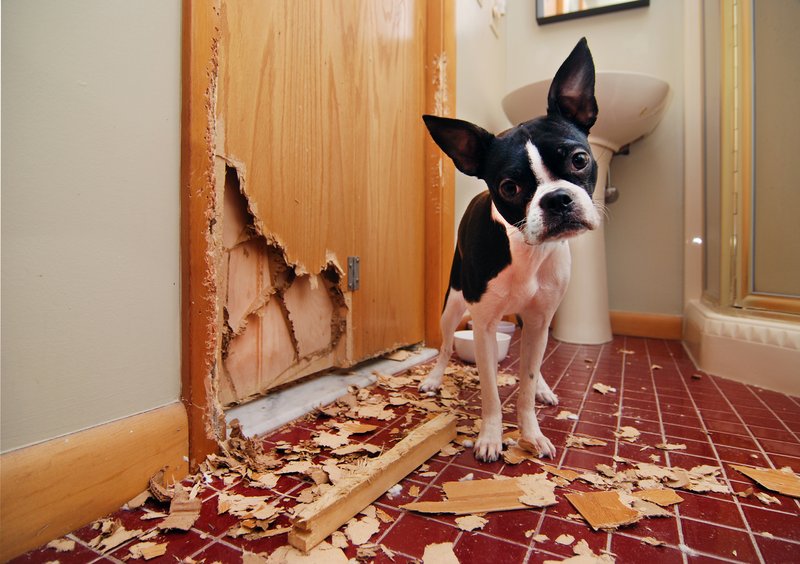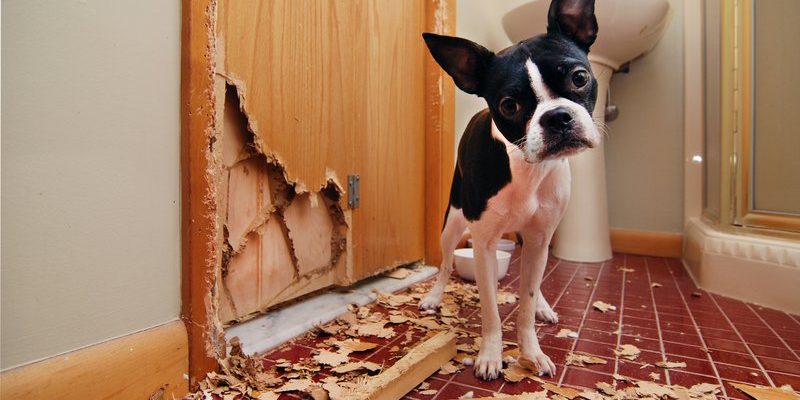
So, how do you handle the aftermath of your pet’s playful antics? Repairing interior door hardware damaged by pet play doesn’t have to be a daunting task. With a little patience and the right tools, you can restore your hardware to its former glory without needing to call a professional. Let’s roll up our sleeves and take a closer look at how to tackle these repairs effectively.
Identifying the Type of Damage
Before diving into repairs, it’s essential to assess the damage. Understanding what you’re dealing with will help you choose the right tools and materials.
Types of Damage
- Chewed or Scratched Doorknobs: Dogs and cats are notorious for gnawing on doorknobs, which can leave unsightly marks.
- Broken Hinges: If your pet’s jumping or scratching has put stress on the hinges, they may be bent or completely broken.
- Misaligned Latches: Constant pawing can cause latches to become misaligned, making doors difficult to close.
Once you’ve pinpointed the issues, you’ll have a clearer idea of what needs fixing. For instance, if your doorknob looks more like a chew toy, a simple replacement might be in order. However, if the hinges are rusty or broken, they’ll require a bit more work.
Tools You’ll Need for Repairs
Having the right tools is crucial for a successful repair. Here’s a basic toolkit to get you started:
Essential Tools
- Screwdriver: A good-quality screwdriver will help with loosening and tightening screws on doorknobs and hinges.
- Pliers: These can help with bent hardware or screws that are stubborn and won’t budge.
- Replacement Parts: Depending on the damage, you might need new doorknobs, hinges, or latches, which you can find at your local hardware store.
Keep in mind that having the right tools not only makes the process easier, but it can also save you time. Think of it like cooking with the right kitchen gadgets—things just go smoother.
Repairing Chewed Doorknobs
Chewed doorknobs can be frustrating, but they’re not the end of the world. Here’s how to tackle this common issue:
Step-by-Step Repair
- Assess the Damage: If the knob is only scratched, you might be able to sand it down lightly and then paint over it.
- Replacement Option: If the knob is beyond saving, pick a replacement that matches your home’s decor.
- Installation: Remove the old knob by unscrewing it, then install the new one by following the manufacturer’s instructions.
Here’s the thing: A fresh doorknob can elevate the whole room’s vibe. It’s like giving your door a mini-makeover.
Fixing Bent Hinges
If your pet has put the hinges through the wringer, they may be bent or misaligned. Luckily, this is often a simple fix.
How to Fix Hinges
- Inspect the Hinges: Check for any obvious bends or damage.
- Straighten Out: If the hinges are just slightly bent, you can use pliers to gently straighten them back into shape.
- Replace if Necessary: If the hinges are too damaged, it’s best to replace them entirely. Unscrew the damaged hinge and install a new one.
Remember, well-functioning hinges are key to ensuring your doors open and close smoothly. If they’re squeaking or jamming, they might need a bit of lubrication too!
Realigning Misaligned Latches
Misaligned latches can be quite frustrating, especially when you’re trying to keep your space secure. Here’s how to fix that.
Steps to Realign Latches
- Assess Alignment: Check if the latch is catching on the strike plate. If so, it’s misaligned.
- Tighten Screws: Sometimes, all it takes is tightening screws on the latch or strike plate.
- Adjust the Strike Plate: If tightening doesn’t work, consider moving the strike plate slightly to create a better fit.
A properly aligned latch not only improves functionality but also ensures that your space remains secure. It’s a simple adjustment that can make a world of difference.
Preventative Measures for the Future
Once you’ve tackled the repairs, it’s smart to think about ways to prevent future damage. Here are some ideas:
Preventative Tips
- Training: Work on training your pets to stay away from doors. Consistent commands can make a big difference.
- Offer Alternatives: Provide your pets with toys to chew on to divert their attention from door hardware.
- Use Protective Covers: You can find protective covers for doorknobs and hinges that can help keep them safe from curious teeth.
Think of these measures as establishing healthy boundaries for your pets. With some training and proactive steps, you can enjoy a harmonious home without sacrificing your door hardware.
Your Next Steps
Repairing interior door hardware damaged by pet play may feel overwhelming at first, but with a little patience, it can be a manageable DIY project. Remember to assess the damage, grab the right tools, and follow the steps carefully.
After all, your home is a shared space for both you and your furry friends. By keeping your door hardware in shape, you’re ensuring a safe and welcoming environment for everyone involved. Plus, every small repair you complete adds to a sense of accomplishment, making your home that much cozier.
Now that you’re equipped with the knowledge to handle these common issues, go ahead and give your doors the attention they deserve. Happy repairing!
